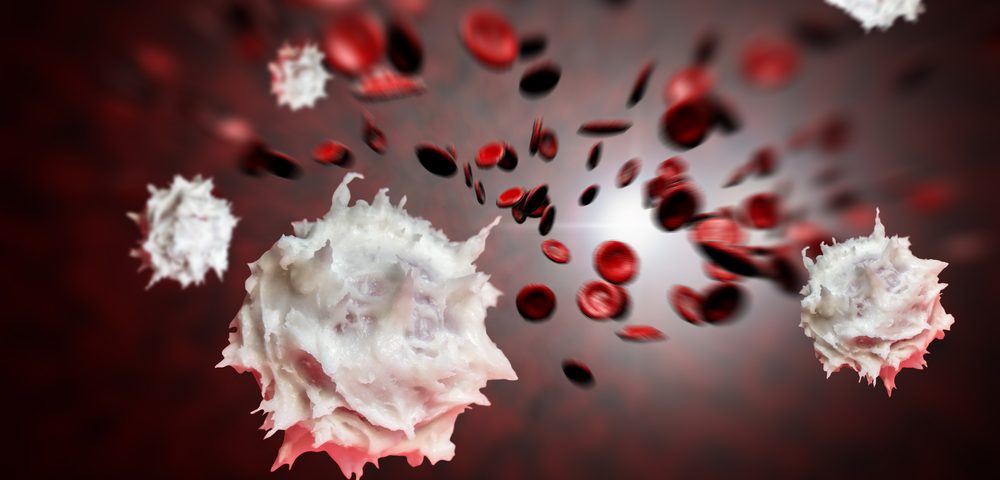Stimulating production of certain types of white blood cells improves development of the nervous system in children with cerebral palsy (CP), according to a new South Korean study.
Although further research is needed, these cells could be a better source of cell therapy in kids with CP than cells derived from the bone marrow or umbilical cord, which are now used for cell therapy but are very rare and difficult to obtain.
The study, “Neuroregenerative potential of intravenous G-CSF and autologous peripheral blood stem cells in children with cerebral palsy: a randomized, double-blind, cross-over study,” appeared in the Journal of Translational Medicine.
By injecting a protein called granulocyte colony-stimulating factor (G-CSF), scientists can stimulate bone marrow to produce many stem cells; among these are a type of white blood cells called mobilized peripheral blood mononuclear cells (mPBMCs). To tests the potential of G-CSF injection and mPBMCs infusion to regenerate nerve cells, researchers led by Dr. Seung-Hyun Kim at Seoul’s Hanyang University Medical Center conducted a randomized, double-blind clinical trial (NCT02983708).
They recruited 57 children with mild CP, aged 2 to 10, and gave them a G-CSF injection for five days. Researchers then collected the mPBMCs and froze them for later use.
One month later, the team called the participants back and divided them into two groups. Half received the mPBMCs obtained a month before, and the other half a placebo infusion. Seven months later, they repeated the procedure but this time switched the two groups.
Researchers assessed the efficacy of the treatment using neurodevelopment tests, brain magnetic resonance imaging-diffusion tensor imaging (MRI-DTI) and 18F-fluorodeoxyglucose (FDG) brain positron emission tomography-computed tomography (PET-CT) scanning. Each of these were done before the start of the trial, at one month (neurodevelopmental tests only), at seven months, and at 13 months (six months following the end of the procedure).
Researchers found that 42.6 percent of children scored higher in the neurodevelopmental tests than is normally expected following the injection of G-CSF. Moreover, they observed larger changes in neurodevelopment test scores one month after G-CSF injection than during the six months after re-infusion with mPBMCs or placebo, suggesting that G-CSF injection alone can correct neurological problems in CP children regardless of circulating mPBMCs.
Patients who received placebo infusion first and mPBMC infusion second obtained significantly better scores in the neurodevelopmental tests compared to those getting mPBMC infusion first and placebo second. However, MRI-DTI results at the end of the study showed greater improvement in kids who received mPBMCs first and placebo second.
Although the PET-CT scans showed metabolic changes to the different regions in the brain such as the cerebellum, thalamus and cortex, researchers saw no significant differences between the two groups of patients.
The authors concluded that an injection of G-CSF followed by mPBMC re-infusion results in neurodevelopmental improvements in children with CP. This could be due to the injection of G-CSF alone — without any contribution from mPBMCs — and that further studies using higher concentrations of mPBMCs are needed to clarify their effect, potentially leading to a future treatment program using this approach.

